Introduction
In the vast culinary landscape of global food traditions, simple yet satisfying dishes often hold a special place in the hearts of many. One such dish that epitomizes comfort and nostalgia for many is the humble white pancake. Whether enjoyed as a breakfast staple, a light lunch, or a comforting snack, white pancakes have the remarkable ability to transport us back to cherished memories of family gatherings, cozy kitchens, and the warm aroma of freshly baked goods. But how does one achieve the perfect balance of softness, thickness, and flavor in these seemingly straightforward creations? This guide delves into the intricacies of making white pancakes that are not only visually appealing but also delight the palate with every bite.
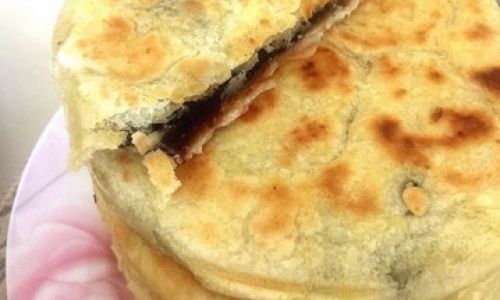
Understanding the Ingredients
Before diving into the recipe, it’s crucial to understand the role each ingredient plays in achieving the desired texture and taste of your white pancakes.
-
Flour: The foundation of any pancake. All-purpose flour is a versatile choice that balances gluten formation for structure with a tender crumb. For even softer pancakes, consider blending in a small percentage of cake flour, which has a lower protein content.
-
Leavening Agents: Baking powder and baking soda are essential for creating lift and airiness in the pancakes. Baking powder reacts with moisture and heat to release carbon dioxide, causing the batter to rise. Baking soda, on the other hand, requires acidity (like buttermilk or vinegar) to activate, providing an additional lift and a slightly tangy flavor.
-
Milk: Adds moisture and richness to the pancakes. Whole milk or a combination of whole milk and buttermilk offers the best of both worlds—creaminess and a subtle tang that enhances flavor.
-
Eggs: Provide structure, moisture, and richness. The yolks contribute to a tender texture, while the whites add stability and help the pancakes hold their shape during cooking.
-
Butter or Oil: Adds flavor and ensures the pancakes don’t stick to the pan. Melted butter adds a luxurious touch, while neutral oils like vegetable or canola oil keep the pancakes light without overpowering the other ingredients.
-
Sugar: Enhances flavor and promotes browning, giving the pancakes a golden hue and a slightly caramelized edge.
-
Salt: Balances the sweetness and enhances the overall flavor profile.
The Recipe: Step-by-Step Guide
Now, let’s dive into the recipe for making soft, thick, and delicious white pancakes. This recipe yields about 6-8 pancakes, depending on their size.
Ingredients:
- 1 and 1/2 cups all-purpose flour
- 1/4 cup granulated sugar
- 2 teaspoons baking powder
- 1/2 teaspoon baking soda
- 1/2 teaspoon salt
- 1 and 1/4 cups whole milk (room temperature)
- 2 large eggs (room temperature)
- 4 tablespoons unsalted butter, melted and cooled slightly
- 1 teaspoon vanilla extract (optional, for added flavor)
- Non-stick cooking spray or additional butter for the griddle/pan
Instructions:
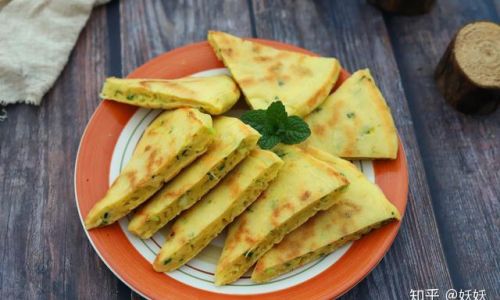
-
Prepare Your Ingredients: Measure out all ingredients before starting. Room temperature ingredients mix more evenly and promote better gluten development, leading to softer pancakes.
-
Mix Dry Ingredients: In a large mixing bowl, whisk together the flour, sugar, baking powder, baking soda, and salt until well combined. This ensures that the leavening agents are evenly distributed throughout the flour, promoting even rising.
-
Combine Wet Ingredients: In a separate medium bowl, whisk together the milk, eggs, melted butter, and vanilla extract (if using) until smooth. The eggs should be fully incorporated, and the mixture should have a uniform consistency.
-
Combine Wet and Dry Ingredients: Pour the wet ingredients into the bowl with the dry ingredients. Stir gently with a spatula or wooden spoon until just combined. Avoid over-mixing, as this can lead to gluten development, making the pancakes tough. The batter should be thick but pourable, with a few lumps remaining—this is okay!
-
Preheat Your Griddle or Pan: Heat a griddle or large non-stick skillet over medium heat. Lightly grease it with non-stick cooking spray or a small amount of butter. You want the surface to be hot but not smoking to ensure even cooking and a nice golden crust.
-
Cook the Pancakes: Pour about 1/4 cup of batter onto the preheated griddle for each pancake. Spread the batter slightly with the back of a spoon if needed to create an even layer. Cook for 2-3 minutes on the first side, or until bubbles form on the surface and the edges start to look set. Carefully flip the pancake and cook for an additional 1-2 minutes on the second side, or until golden brown and cooked through.
-
Keep Warm: If making a batch, keep the cooked pancakes warm in a preheated oven at 200°F (93°C) on a wire rack set over a baking sheet to prevent them from getting soggy.
Tips for Perfect Pancakes
- Room Temperature Ingredients: As mentioned earlier, using room temperature ingredients ensures better mixing and a softer texture.
- Rest the Batter: If you have time, letting the batter rest for about 10-15 minutes after mixing allows the flour to absorb the liquid more fully, resulting in fluffier pancakes.
- Control the Heat: Maintaining a consistent cooking temperature is key to achieving evenly cooked pancakes. Too high heat can burn the outside before the inside is cooked, while too low heat can make them dense and greasy.
- Flip with Confidence: Use a spatula to gently but confidently flip the pancakes. A quick, decisive flip minimizes the risk of tearing.
- Add-Ins and Variations: Feel free to customize your pancakes with mix-ins like blueberries, chocolate chips, or nuts. Just remember that adding extra ingredients may require slight adjustments to the batter’s consistency.
Serving Suggestions
There’s no shortage of ways to enjoy your perfectly crafted white pancakes. Here are a few serving suggestions to elevate your breakfast or brunch experience:
- Classic Butter and Syrup: A timeless combination that never disappoints. Use real maple syrup for an authentic touch.
- Fresh Fruit and Whipped Cream: Top with fresh strawberries, blueberries, or bananas, and a dollop of whipped cream for a refreshing summer treat.
- Savory Variations: For a savory twist, try topping your pancakes with sautéed mushrooms, spinach, and a sprinkle of cheese.
- Yogurt and Honey: A healthier option that still satisfies the sweet tooth, pair your pancakes with a dollop of Greek yogurt and a drizzle of honey.
Conclusion
Making soft, thick, and delicious white pancakes is an art that combines precision, patience, and a touch of creativity. By understanding the role of each ingredient and following a well-structured recipe, you can transform a humble batch of batter into a culinary masterpiece that brings joy to your loved ones. Whether you’re serving them for a special occasion or a casual weekend breakfast, these pancakes are sure to become a cherished part of your family’s food traditions. Happy baking!
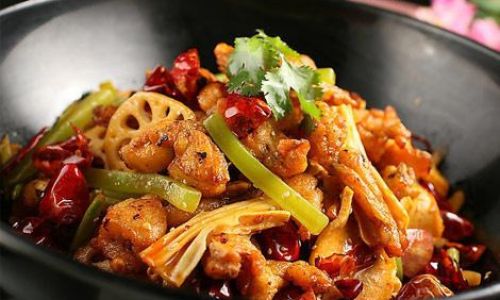


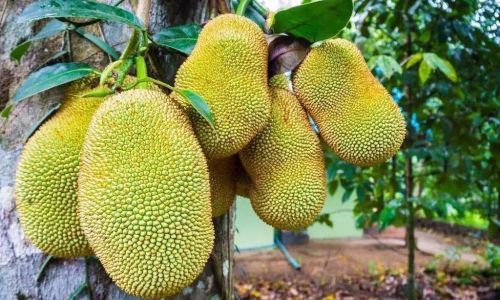
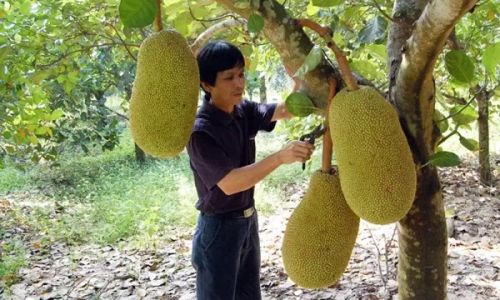
0 comments